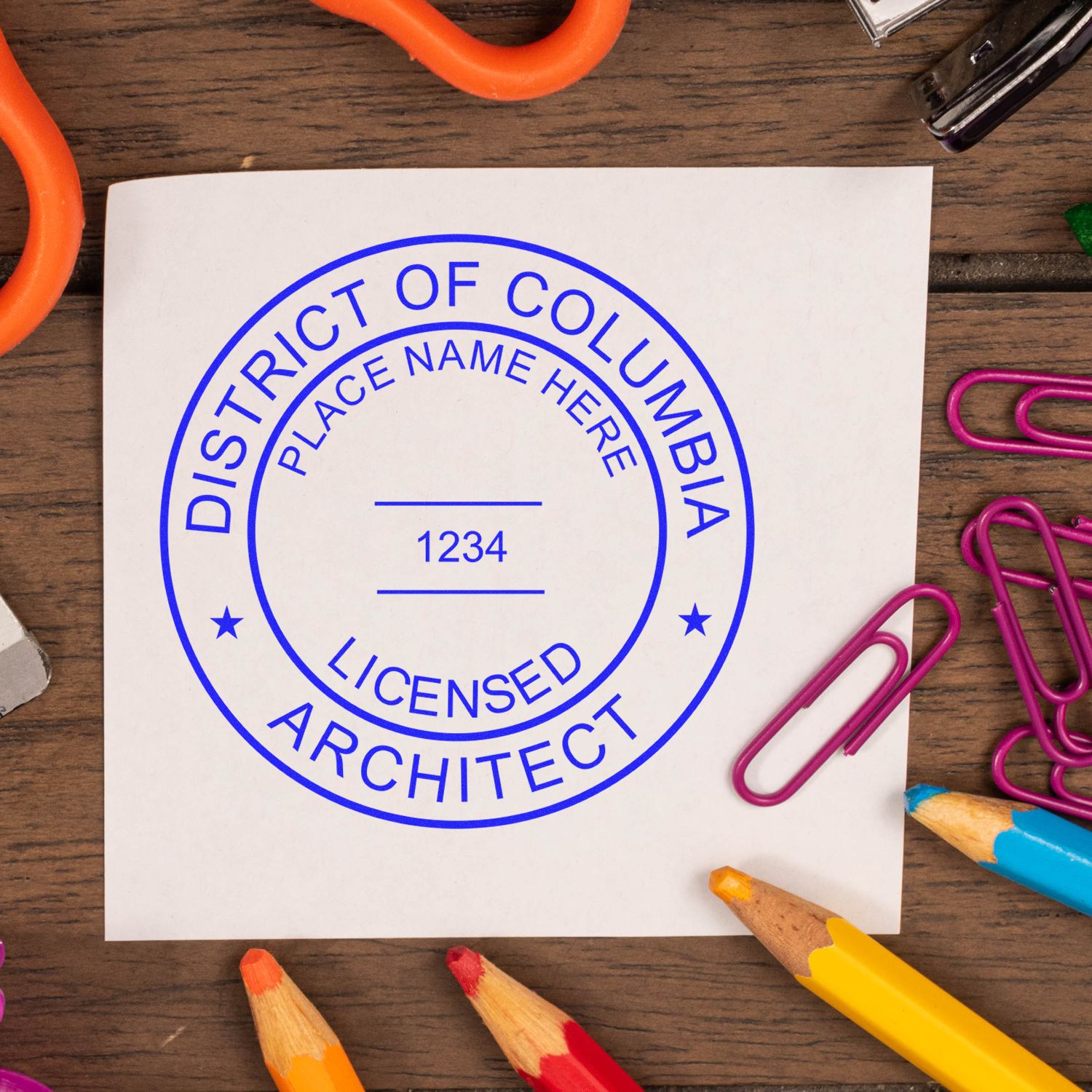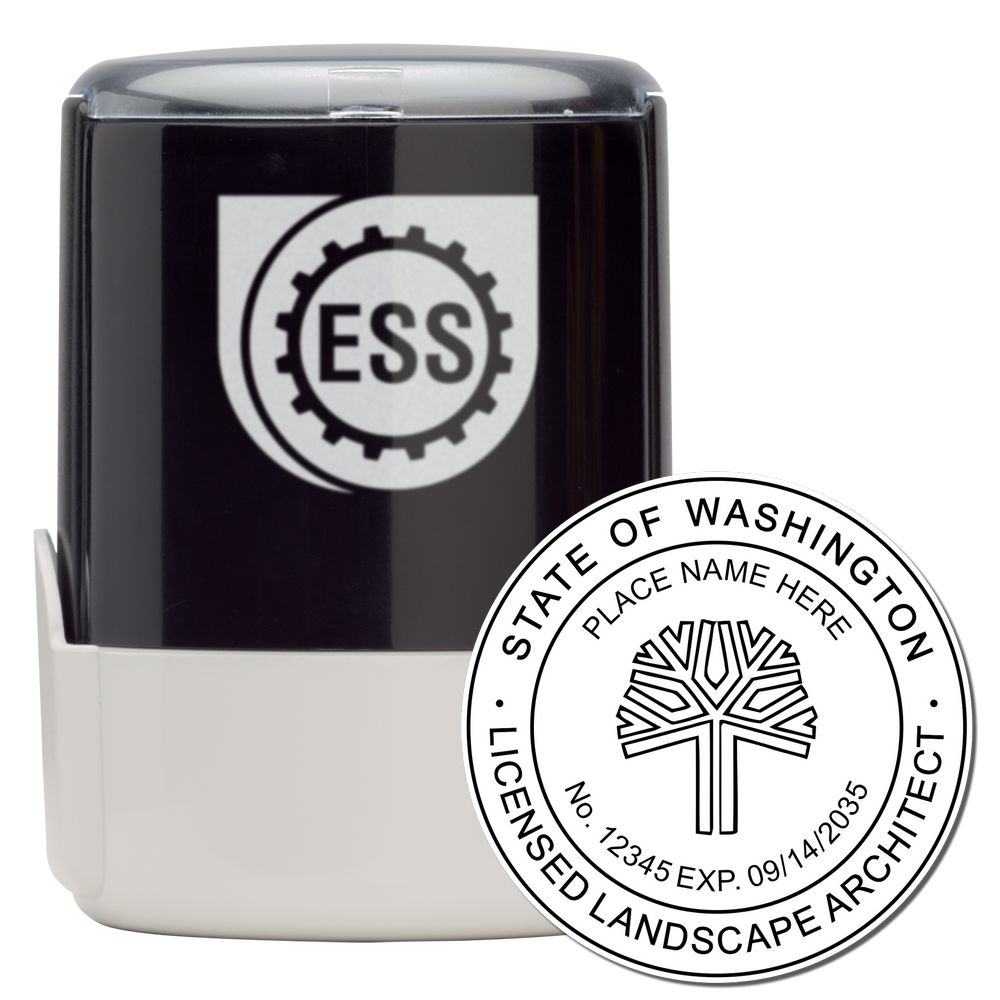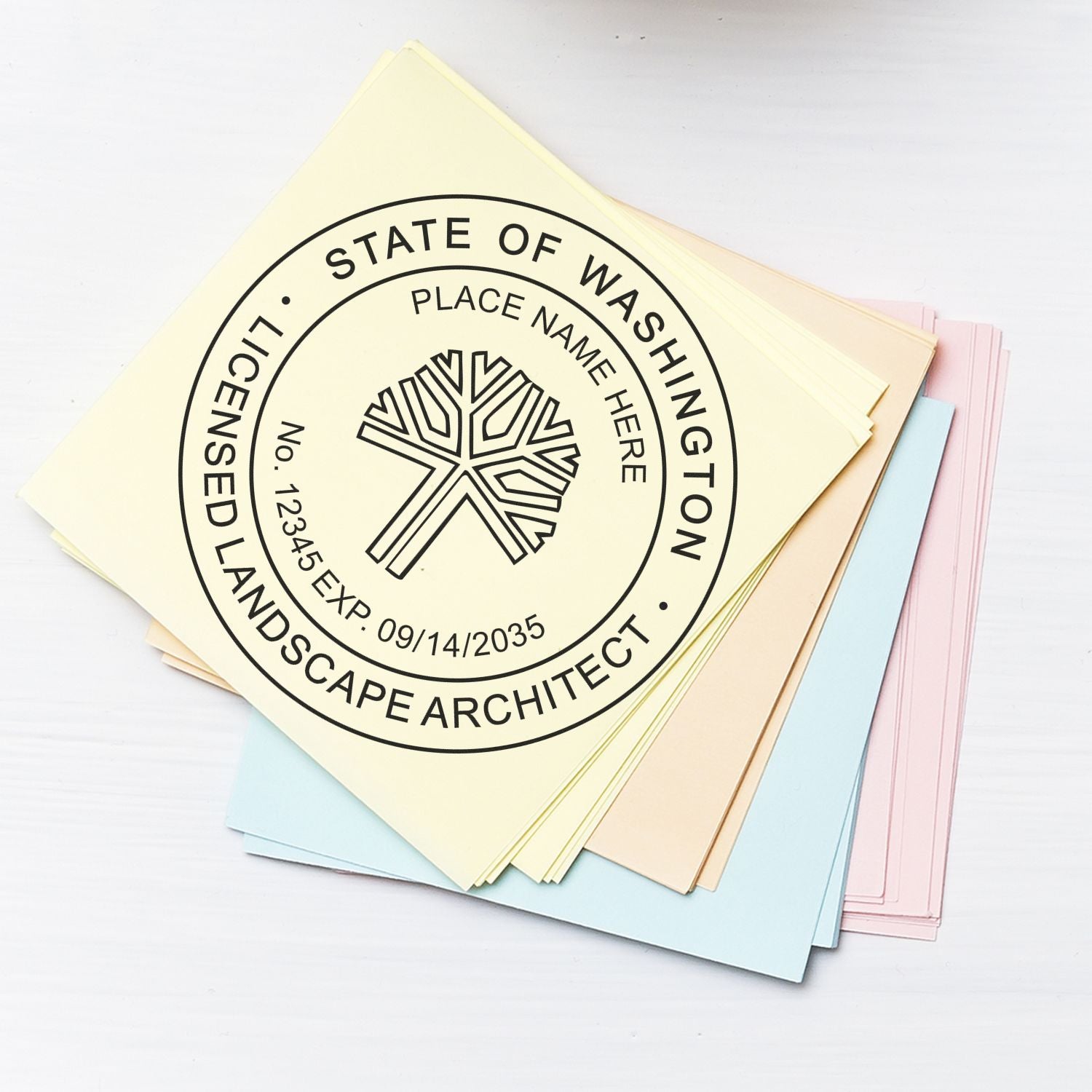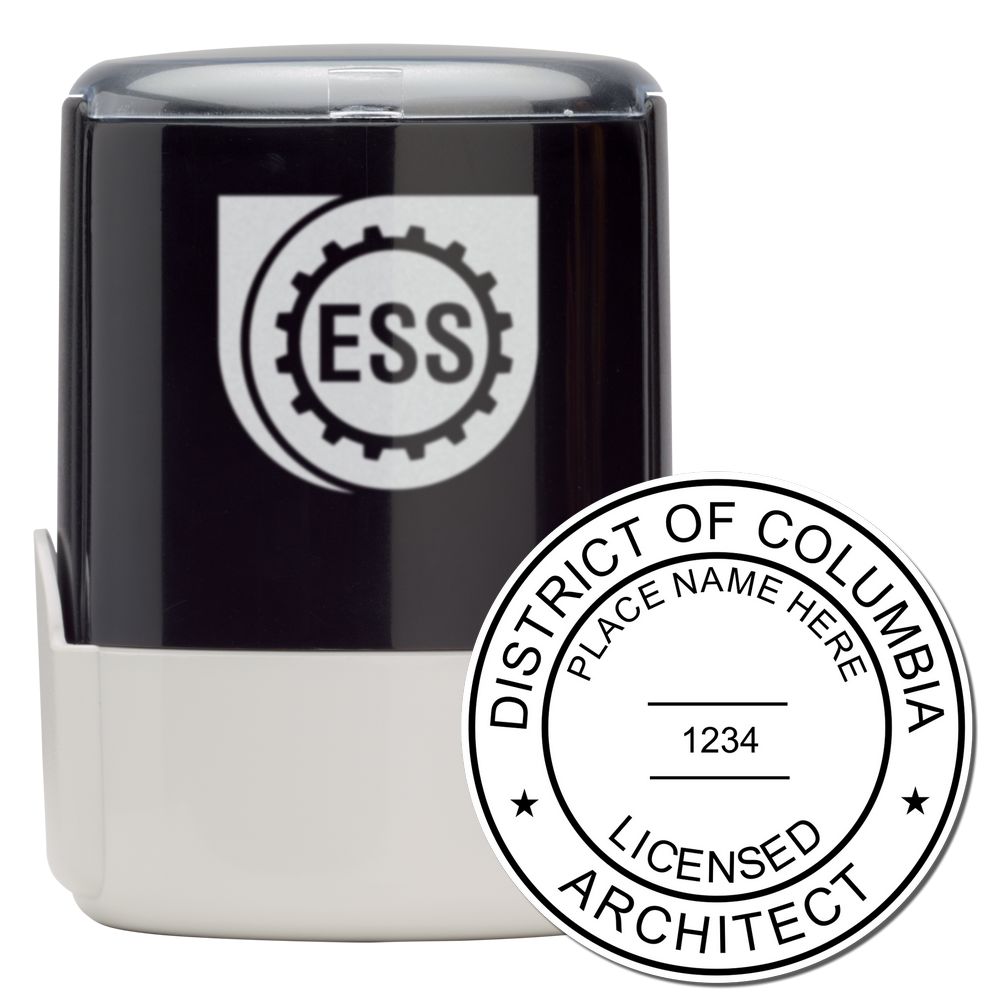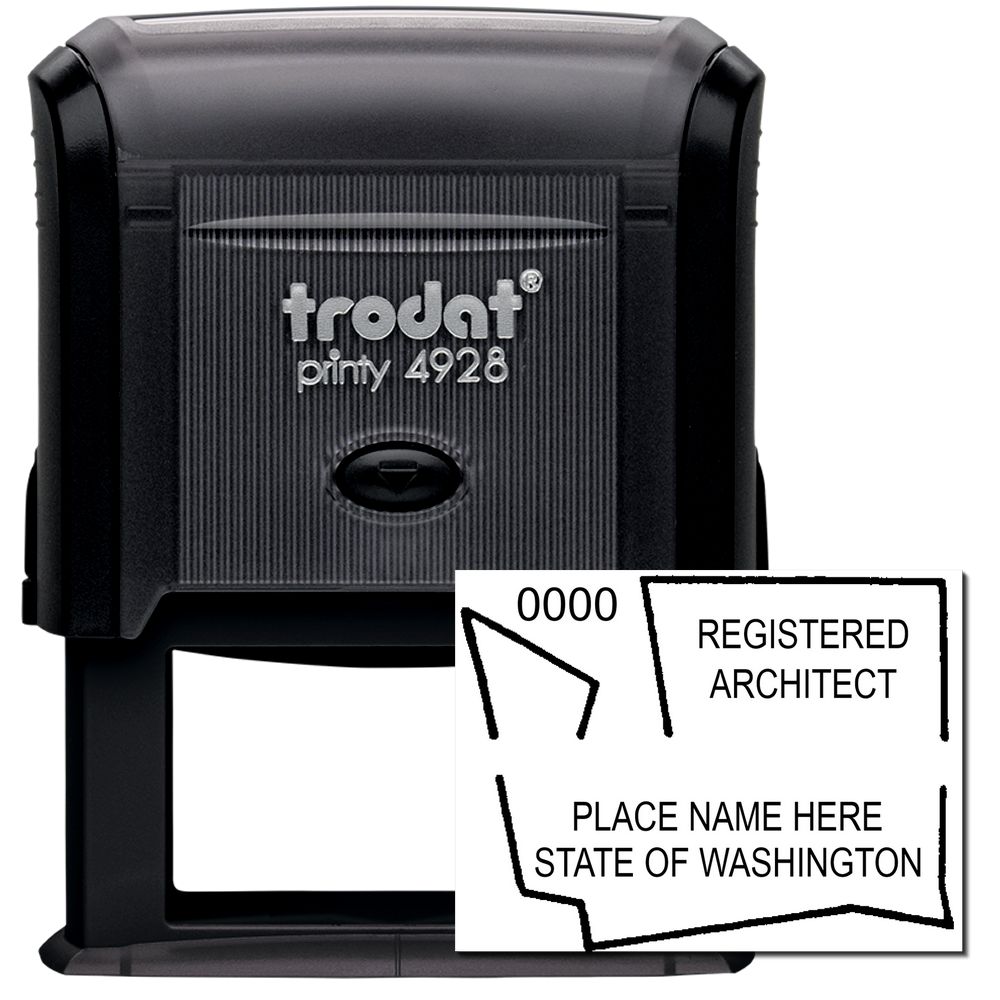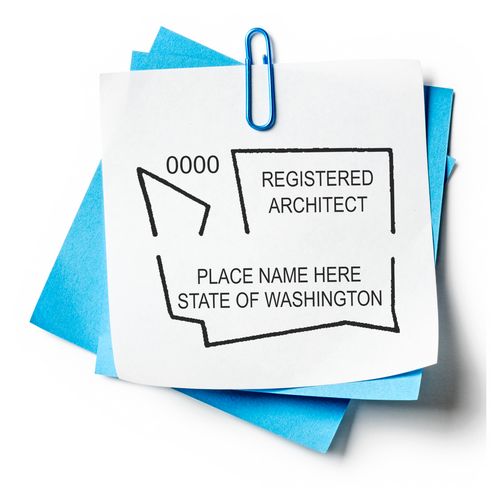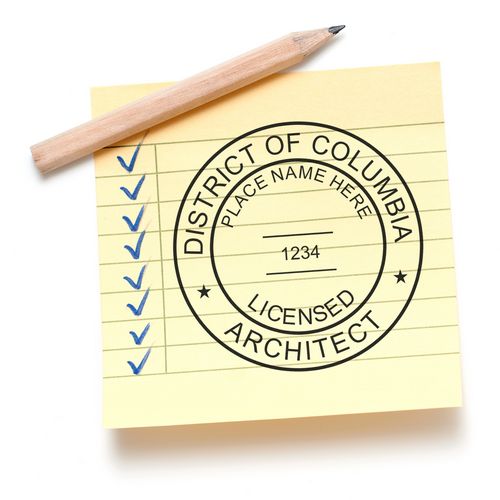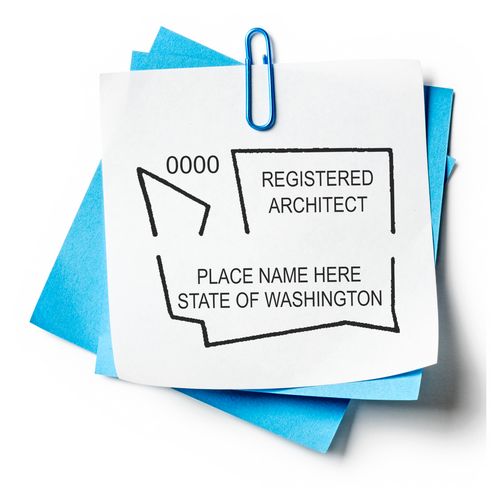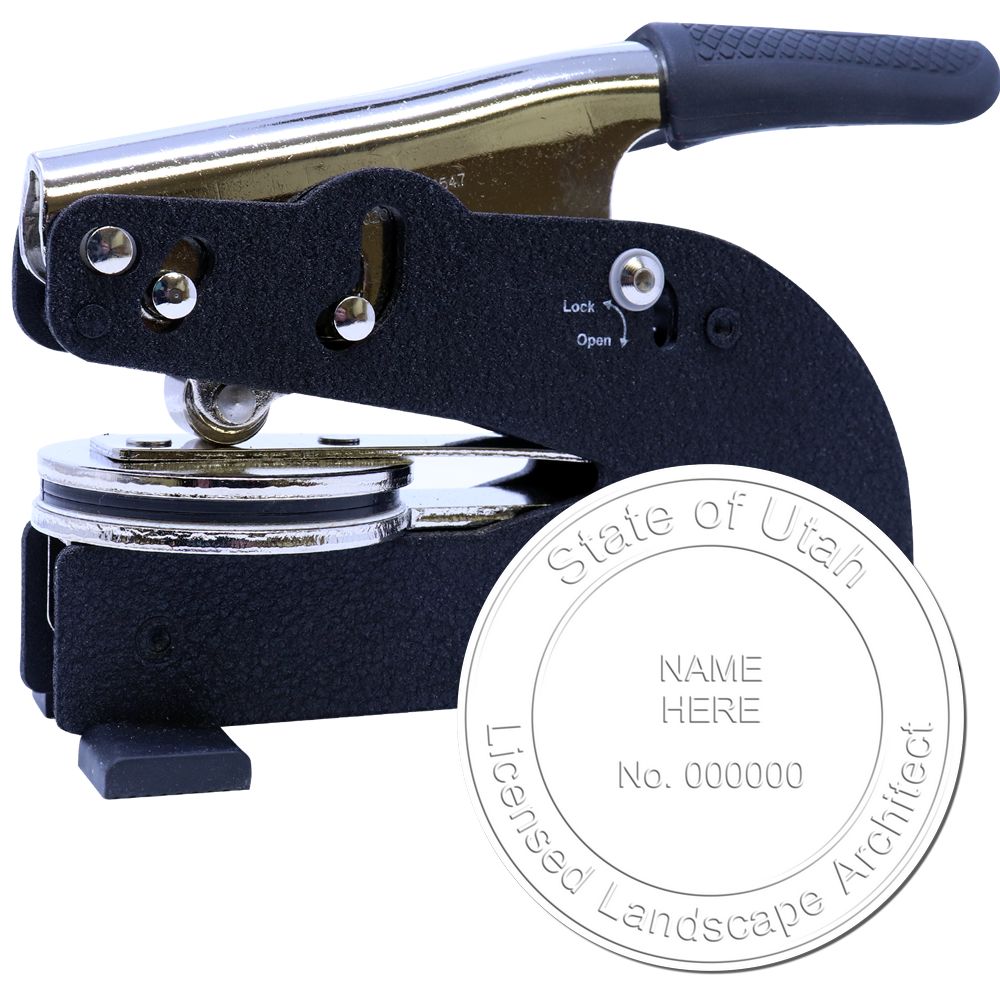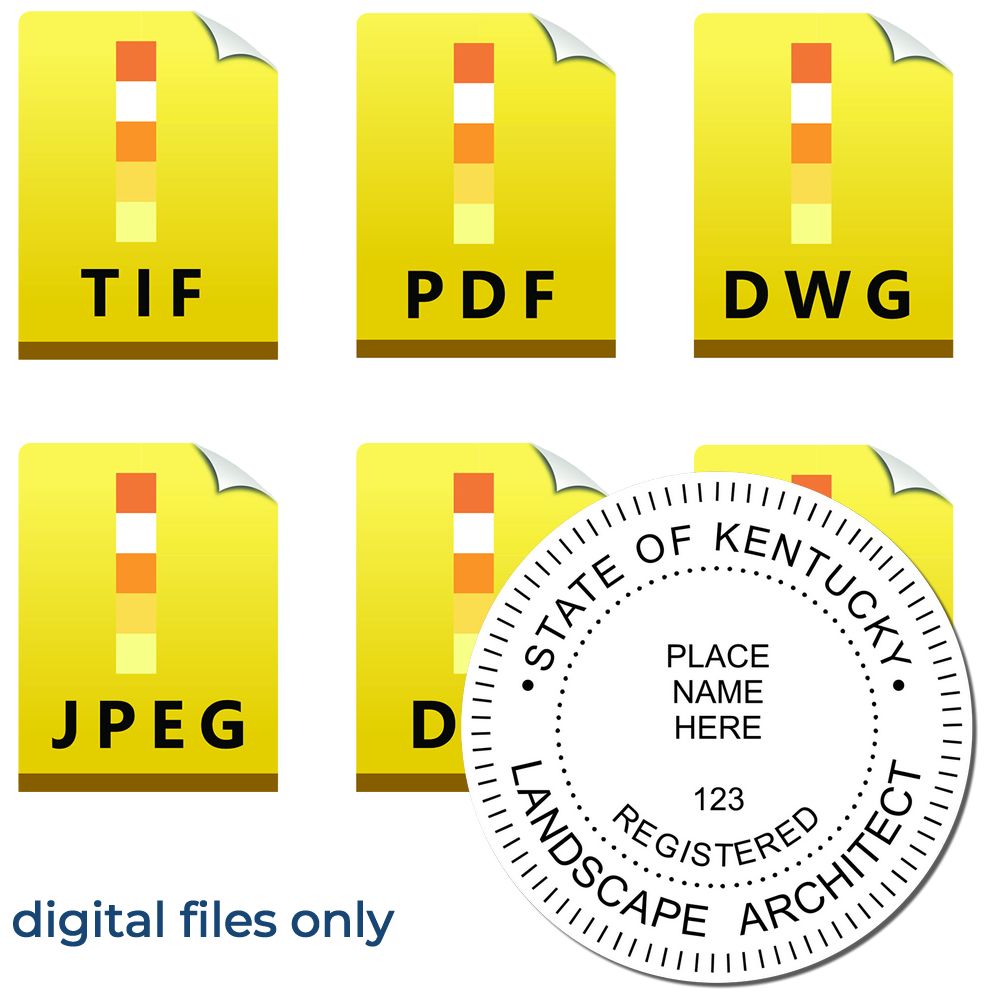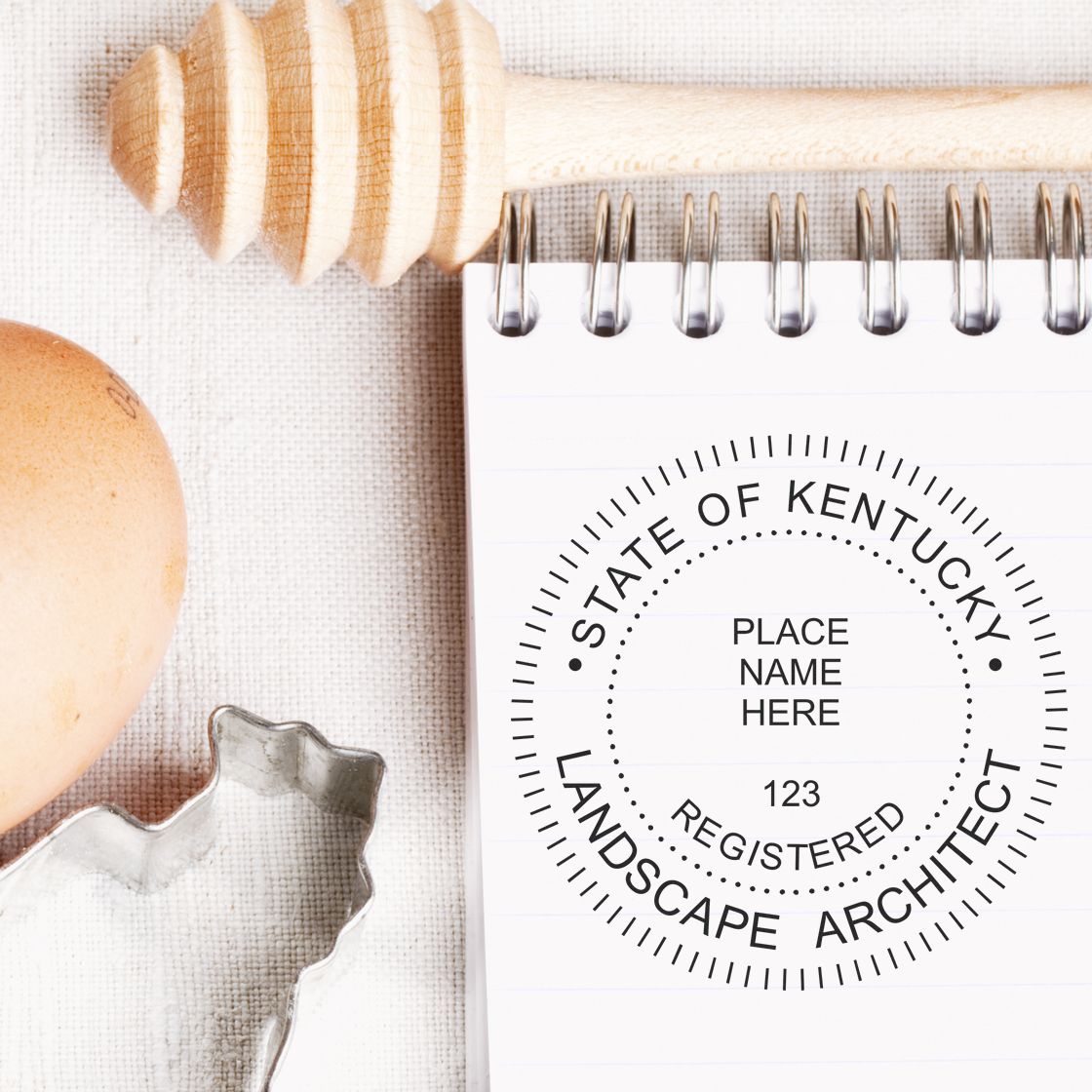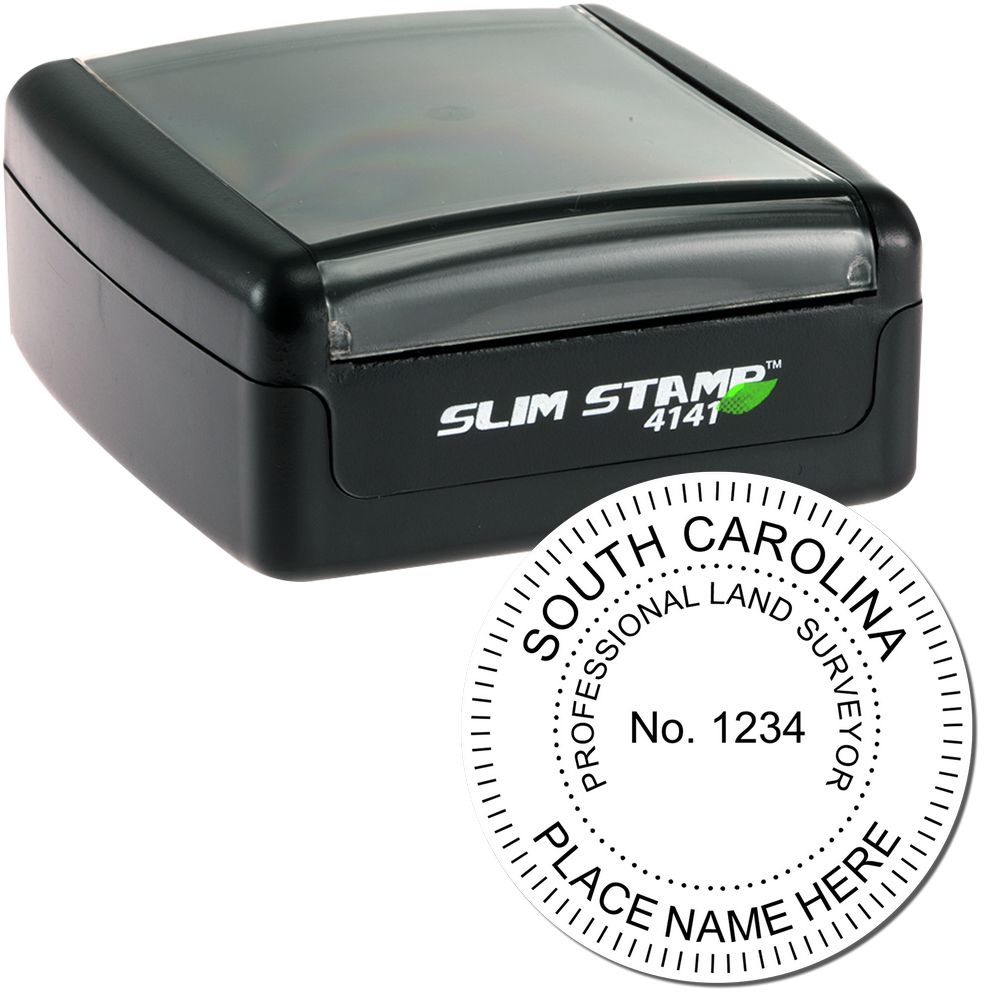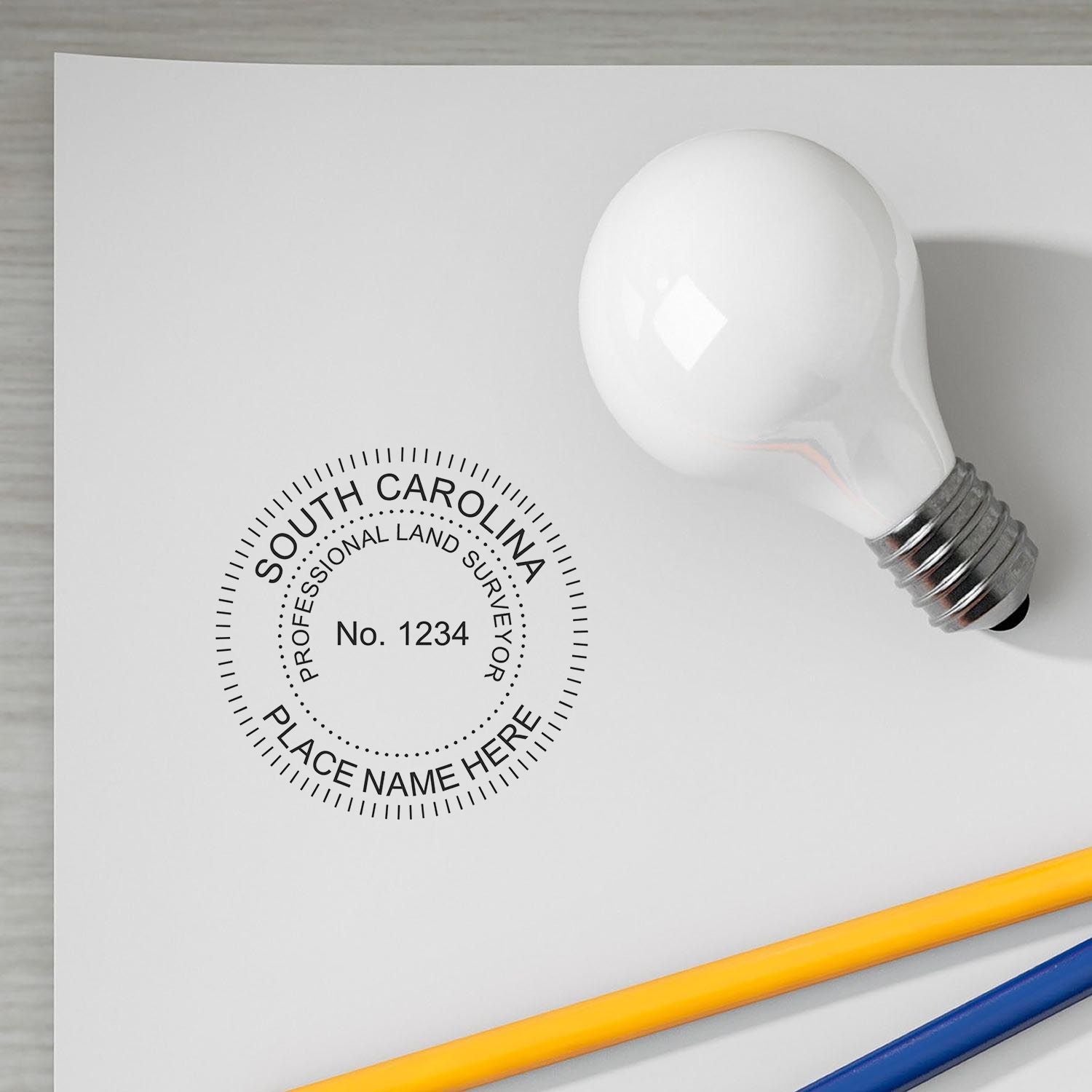Understanding DC Architect Seals
Architect seals play a crucial role in the architectural profession, serving as a mark of authenticity and professionalism. In the District of Columbia (DC), architect seals are subject to specific imprint specifications to ensure consistency and compliance with regulations. Let's explore the importance of architect seals and provide an overview of the DC architect seal imprint specifications.
Importance of Architect Seals
Architect seals hold great significance in the field of architecture. These seals are used to officially certify architectural drawings, plans, and documents. By affixing their seal to these materials, architects take responsibility for the accuracy and compliance of their work. The architect seal signifies that the plans and designs have been prepared by a licensed and qualified architect.
In Washington, DC, architect seals are not only a professional requirement but also a legal obligation. The DC Board of Architecture, Interior Design, and Landscape Architecture mandates the use of architect seals for various architectural documents. The purpose is to safeguard public health, safety, and welfare by ensuring that only qualified professionals are involved in the design and construction processes.
Overview of DC Architect Seal Imprint Specifications
To maintain consistency and compliance, the DC architect seal imprint specifications outline specific requirements that architects must adhere to when designing and using their seals. These specifications govern various aspects, including seal size and shape, required elements, optional elements, ink color and contrast, as well as legibility and visibility guidelines.
By following these specifications, architects can ensure that their seals meet the necessary standards and are readily recognizable by regulatory bodies, clients, and other professionals in the industry. Adhering to these guidelines is essential to avoid any potential legal issues or rejections due to non-compliance.
To gain a deeper understanding of the DC architect seal imprint specifications, architects should refer to the official resources provided by the DC Board of Architecture, Interior Design, and Landscape Architecture. Our article on DC architect seal requirements can provide more detailed information on the specific guidelines set forth by the board.
Architects in DC should be aware of these specifications and ensure that their seal designs and imprints align with the prescribed guidelines. When ordering a DC architect seal, it's important to choose a reputable provider who is well-versed in the DC architect seal requirements. This ensures that the seal you receive meets all the necessary specifications and complies with the regulations set forth by the board.
By understanding the significance of architect seals and familiarizing themselves with the DC architect seal imprint specifications, architects can confidently fulfill their professional obligations and contribute to the integrity and quality of architectural practice in the District of Columbia.
Seal Size and Shape
When it comes to DC architect seals, both the size and shape of the seal are important considerations. The District of Columbia has specific requirements and guidelines in place to ensure consistency and professionalism in the architectural industry.
Size Requirements for DC Architect Seals
DC architect seals must meet certain size specifications to comply with the regulations set forth by the District of Columbia. The dimensions of the seal are determined by the diameter of the circular seal or the length and width of rectangular seals.
The following table outlines the size requirements for DC architect seals:
| Seal Shape | Minimum Size (inches) | Maximum Size (inches) |
|---|---|---|
| Circular | 1.5 | 2 |
| Rectangular | 1.5 x 2 | 2 x 3 |
It's important to note that the size of the seal should be appropriate for the document it will be imprinted upon. The seal should be easily legible and visible without overwhelming the surrounding content. For more detailed information on the requirements for DC architect seals, refer to our article on DC architect seal requirements.
Accepted Shapes for DC Architect Seals
The District of Columbia accepts both circular and rectangular seals for architects. Architects have the flexibility to choose the shape that best suits their preferences and needs.
Circular seals are a traditional choice and often preferred for their classic appearance. They are commonly used in various professional fields, including architecture. Rectangular seals, on the other hand, offer a unique and modern alternative. Architects may opt for rectangular seals to stand out or match other document formats.
Ultimately, the choice between circular and rectangular seals is a matter of personal preference. Architects should select a shape that aligns with their professional image and the overall aesthetic of their architectural work. For more guidance on DC architect seal design, consult our article on DC architect seal guidelines.
By adhering to the size and shape requirements for DC architect seals, architects can ensure that their seals meet the necessary specifications. These specifications help maintain consistency and professionalism within the architectural industry. When ordering a DC architect seal, be sure to choose a reputable provider that offers customizable options to match your specific needs. For information on where to purchase DC architect seals, as well as considerations for choosing the right seal, refer to our article on district of columbia architect stamps.
Seal Design and Elements
When it comes to DC architect seals, there are specific design requirements that must be adhered to. These requirements ensure consistency and professionalism in the architectural industry. DC architect seals consist of both required elements and optional elements.
Required Elements on DC Architect Seals
DC architect seals must include the following required elements:
-
Registered Architect's Name: The full legal name of the registered architect must be clearly displayed on the seal. This ensures that the seal is associated with the responsible architect.
-
Architect's License Number: The architect's license number, issued by the District of Columbia Board of Architecture, Interior Design, and Landscape Architecture, must be included on the seal. This number serves as a unique identifier for the architect.
-
"Registered Architect" or "RA" Designation: The words "Registered Architect" or the abbreviation "RA" must be present on the seal to indicate the architect's professional status.
-
District of Columbia: The words "District of Columbia" must be included on the seal to indicate that the architect is licensed to practice in the District of Columbia.
-
Year of Registration: The year in which the architect was registered in the District of Columbia should be prominently displayed on the seal. This helps to establish the architect's experience and tenure.
Optional Elements on DC Architect Seals
In addition to the required elements, architects have the option to include additional elements on their DC architect seals. These optional elements can be used to enhance the design or provide additional information. Some common optional elements include:
-
Firm Name: Architects may choose to include the name of their architectural firm on the seal. This can help promote the firm's brand and distinguish it from individual architects.
-
Additional Design Elements: Architects can incorporate design elements, such as a logo or a symbol, into their seals. These elements should not overshadow or compromise the visibility of the required elements.
Architects should ensure that the design of their DC architect seal adheres to the guidelines set forth by the District of Columbia. For detailed information on the specific requirements and guidelines for DC architect seals, refer to our article on DC architect seal requirements. It's essential to understand these specifications before ordering or using a DC architect seal to maintain professionalism and compliance with the regulations.
Now that you understand the required and optional elements of DC architect seals, let's explore the imprint specifications that architects need to consider when using these seals.
Imprint Specifications
When it comes to the imprint specifications for a District of Columbia (DC) architect seal, there are specific requirements that must be followed to ensure compliance with regulations. These specifications include ink color and contrast requirements as well as guidelines for legibility and visibility.
Ink Color and Contrast Requirements
The ink color and contrast of the architect seal imprint are essential factors for ensuring the legibility of the seal. According to DC regulations, the ink used for the seal imprint must be of a color that provides a clear contrast with the background on which it is applied. This contrast ensures that the seal is easily readable and distinguishable.
Typically, the ink color used for the architect seal imprint is black, as it offers a high level of contrast against most backgrounds. Some architects may opt for other dark ink colors, such as dark blue or dark green, as long as they meet the contrast requirements. It's important to note that using light or bright colors that do not provide sufficient contrast may render the seal illegible and non-compliant with regulations.
To ensure compliance with the ink color and contrast requirements, it is advisable to refer to the specific guidelines provided by the District of Columbia. You can find more information about these requirements on our article about DC architect seal requirements.
Legibility and Visibility Guidelines
In addition to the ink color and contrast requirements, there are guidelines for legibility and visibility that architects must adhere to when using the DC architect seal. The seal imprint should be clear, sharp, and easily readable to avoid any ambiguity or misinterpretation.
To ensure legibility, it is important to use an appropriate seal size that allows all the required elements of the seal to be clearly seen and read. The size of the seal should be proportional to the document or drawing on which it is applied, ensuring that it does not appear too small or too large.
The visibility of the architect seal imprint is also crucial. It should be placed in a prominent location on the document or drawing, where it can be easily noticed and identified. Typically, the lower right corner is a common placement for the architect seal.
By following the legibility and visibility guidelines, architects can ensure that their seal imprints are easily identifiable and meet the requirements set forth by the District of Columbia. For more detailed information on DC architect seal guidelines, please refer to our article on DC architect seal guidelines.
When ordering a DC architect seal, it is essential to choose a reputable provider that understands and complies with the imprint specifications. They can assist you in selecting a seal that meets all the necessary requirements and ensures your compliance as a professional architect in the District of Columbia. For information on where to purchase DC architect seals, please refer to our article on district of columbia architect stamps.
Ordering a DC Architect Seal
If you're an architect practicing in the District of Columbia, obtaining a DC architect seal is an essential step to showcase your professionalism and compliance with local regulations. When it comes to purchasing a DC architect seal, there are a few key considerations to keep in mind.
Where to Purchase DC Architect Seals
To acquire a DC architect seal, it is important to choose a reputable supplier that specializes in professional seals and stamps. Many online retailers offer a wide range of architect seals that comply with the DC architect seal requirements. These seals are typically made of high-quality materials and are designed to meet the specific guidelines set forth by the District of Columbia. It is important to choose a supplier that provides reliable and efficient service.
When searching for a supplier, consider factors such as the reputation of the company, customer reviews, and the availability of customizable options. Additionally, ensure that the supplier is knowledgeable about the DC architect seal guidelines to ensure compliance with local regulations.
Considerations for Choosing a DC Architect Seal
When choosing a DC architect seal, there are several factors to consider to ensure that it meets your needs and aligns with your professional image. Here are a few considerations to keep in mind:
-
Seal Design and Customization: Look for a supplier that offers customizable options, allowing you to include your name, license number, and any additional information required by the District of Columbia. This ensures that the seal accurately represents your professional identity.
-
Quality and Durability: Opt for a seal that is made of high-quality materials, as it will be used frequently and needs to withstand repeated use without compromising the quality of the seal impression.
-
Ease of Use: Choose a seal that is ergonomic and easy to handle. This will ensure that you can create clear and legible imprints with minimal effort.
-
Customer Support: Consider the level of customer support provided by the supplier. It is important to have access to assistance and guidance in case of any issues or concerns.
Remember that your DC architect seal is an important tool for validating your professional work and ensuring compliance with local regulations. By selecting a reputable supplier and considering the aforementioned factors, you can confidently purchase a DC architect seal that meets your specific needs.
For more information on DC architect seals and other related topics, refer to our articles on DC architect seal imprint specifications and District of Columbia architect stamps.
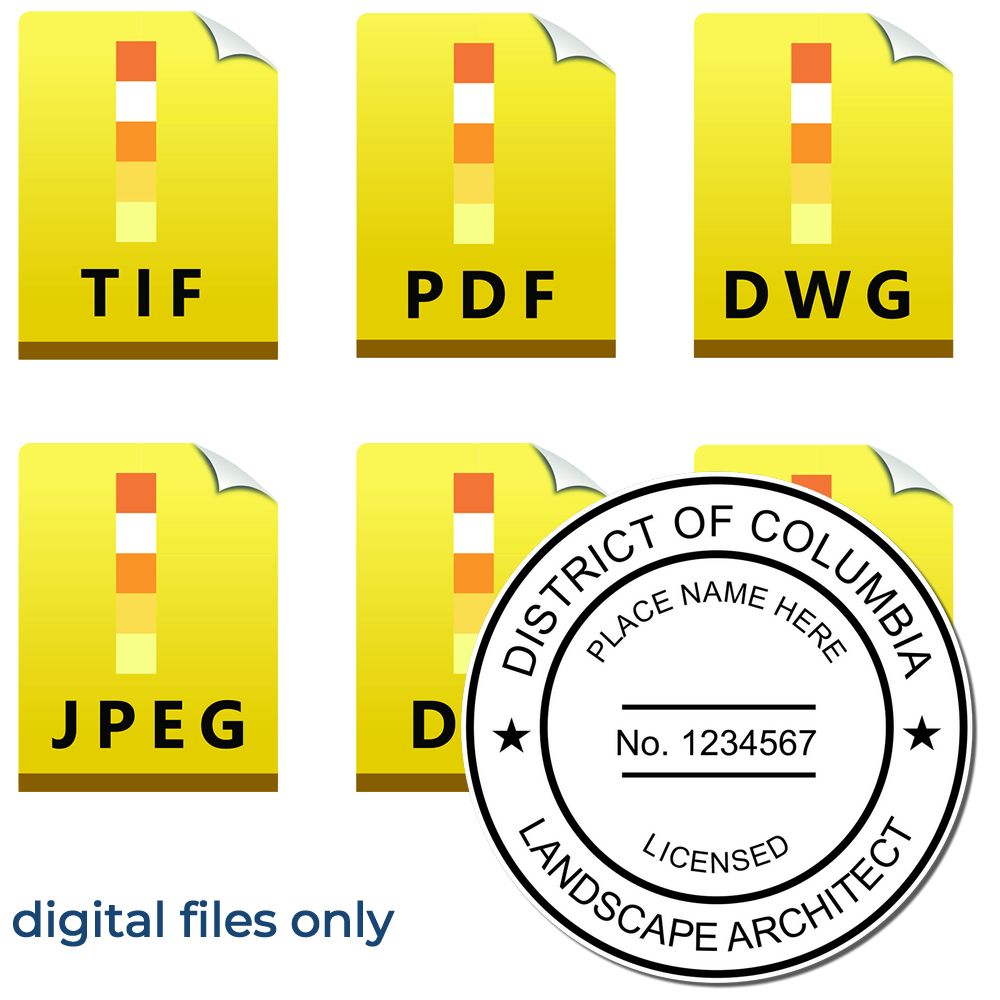
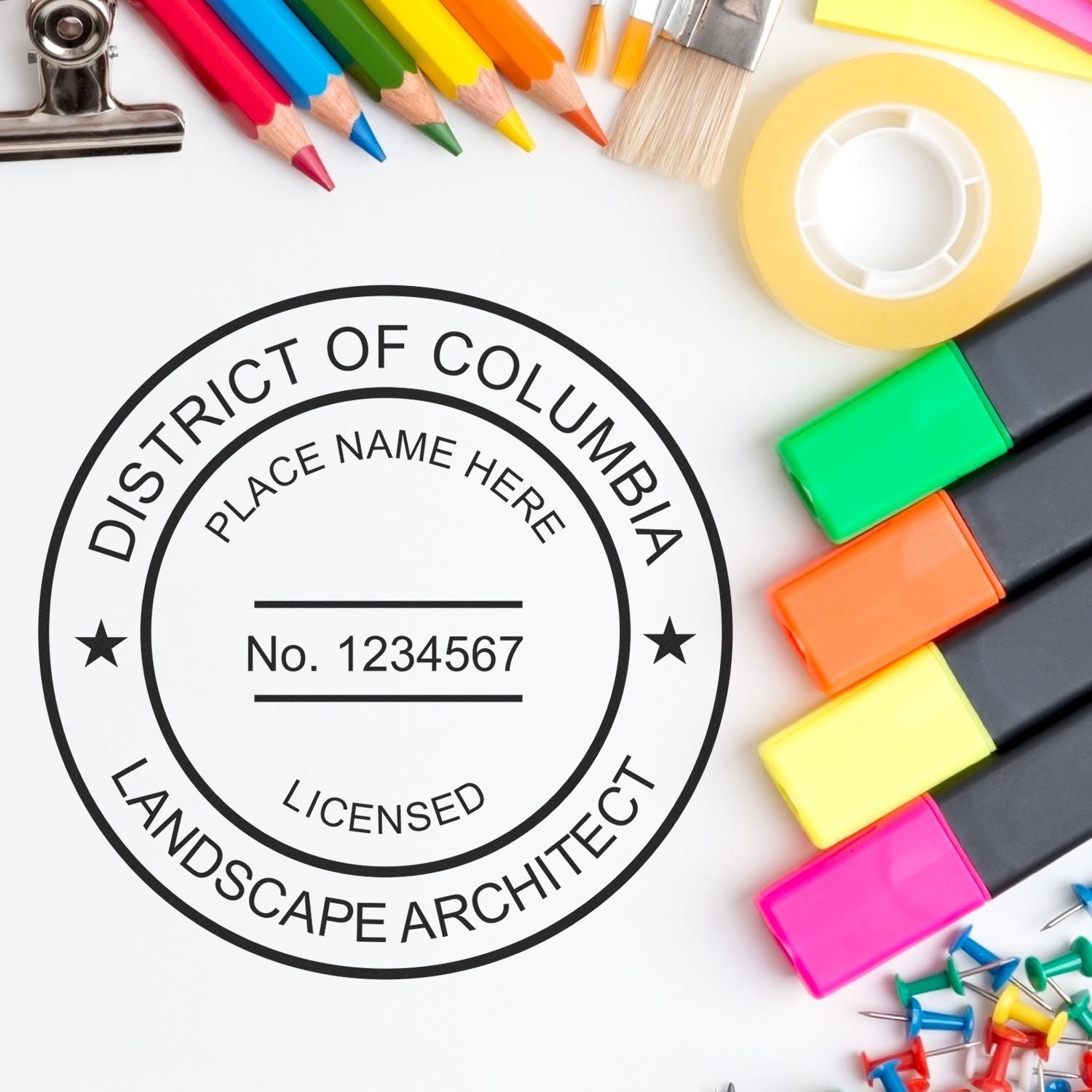
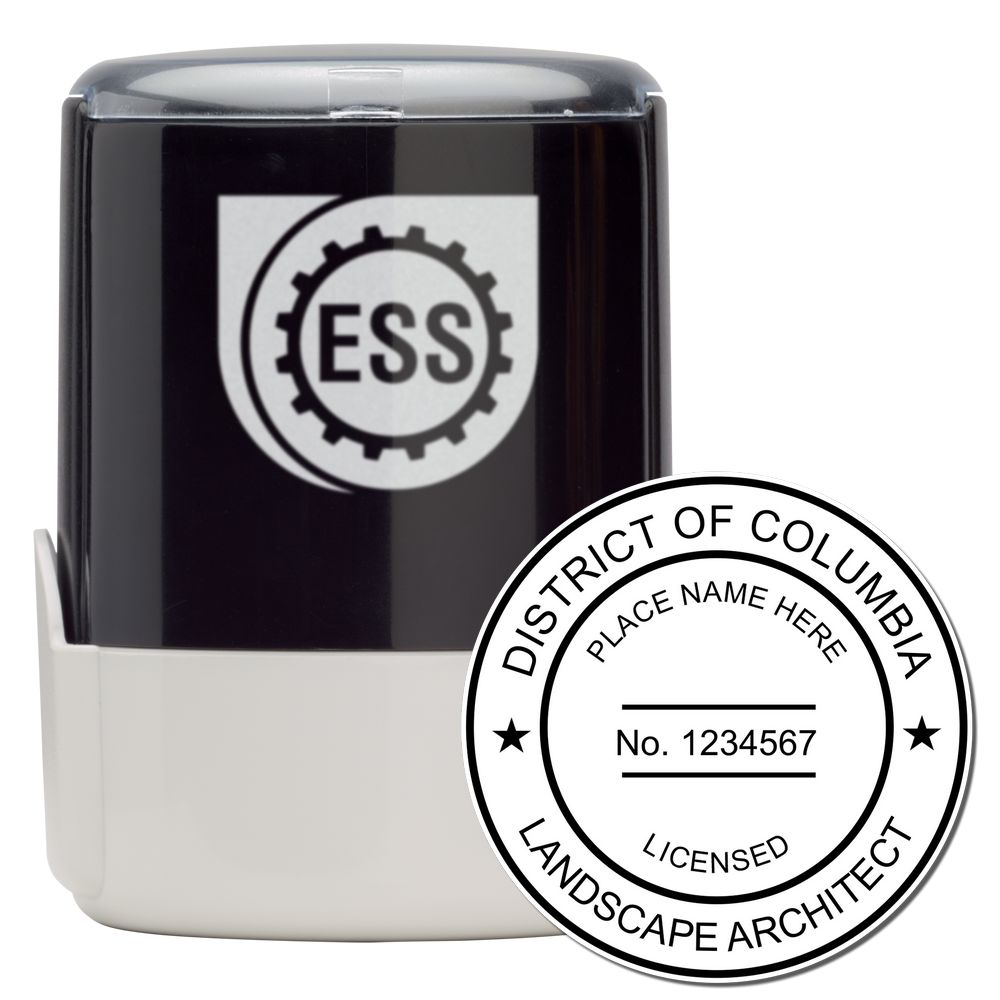
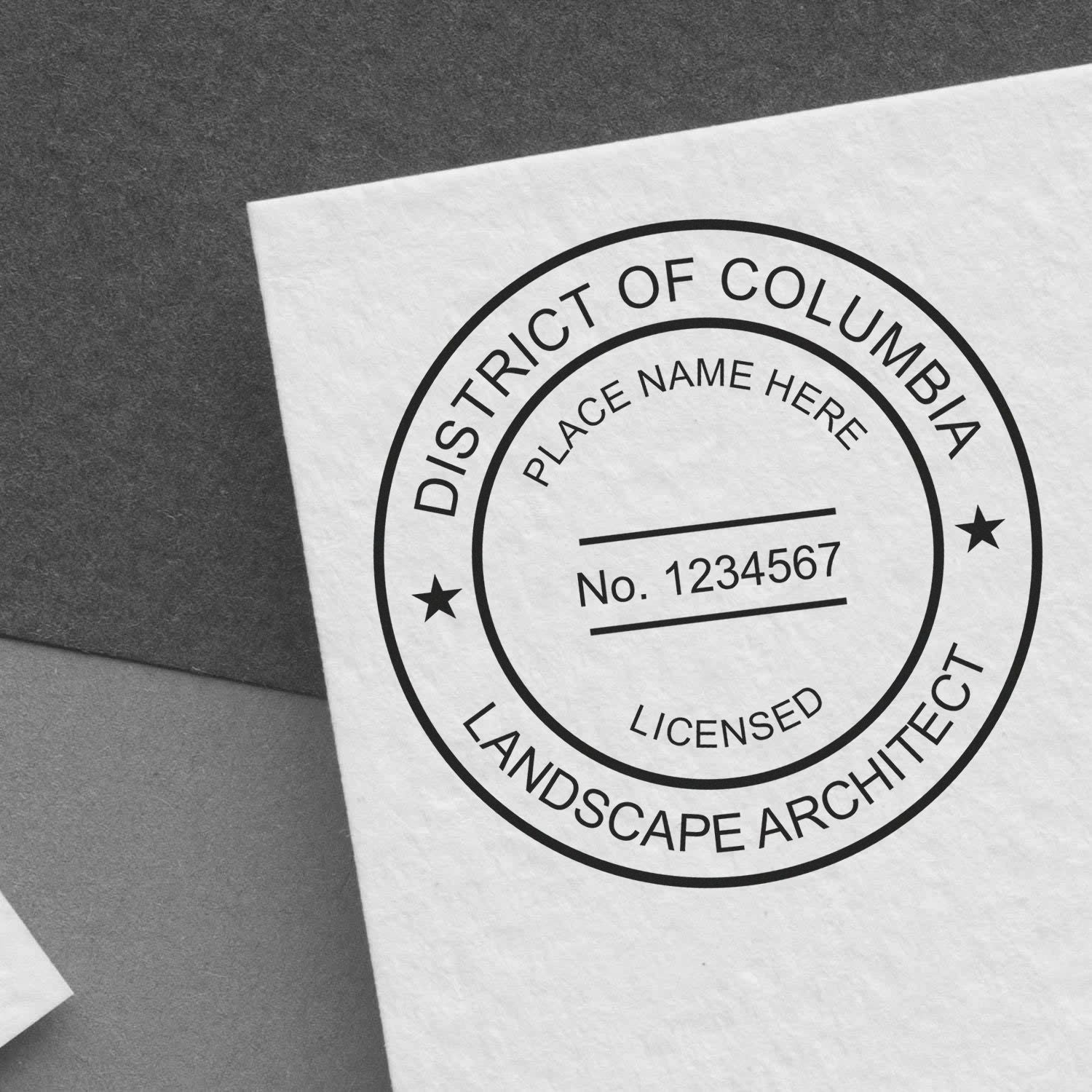


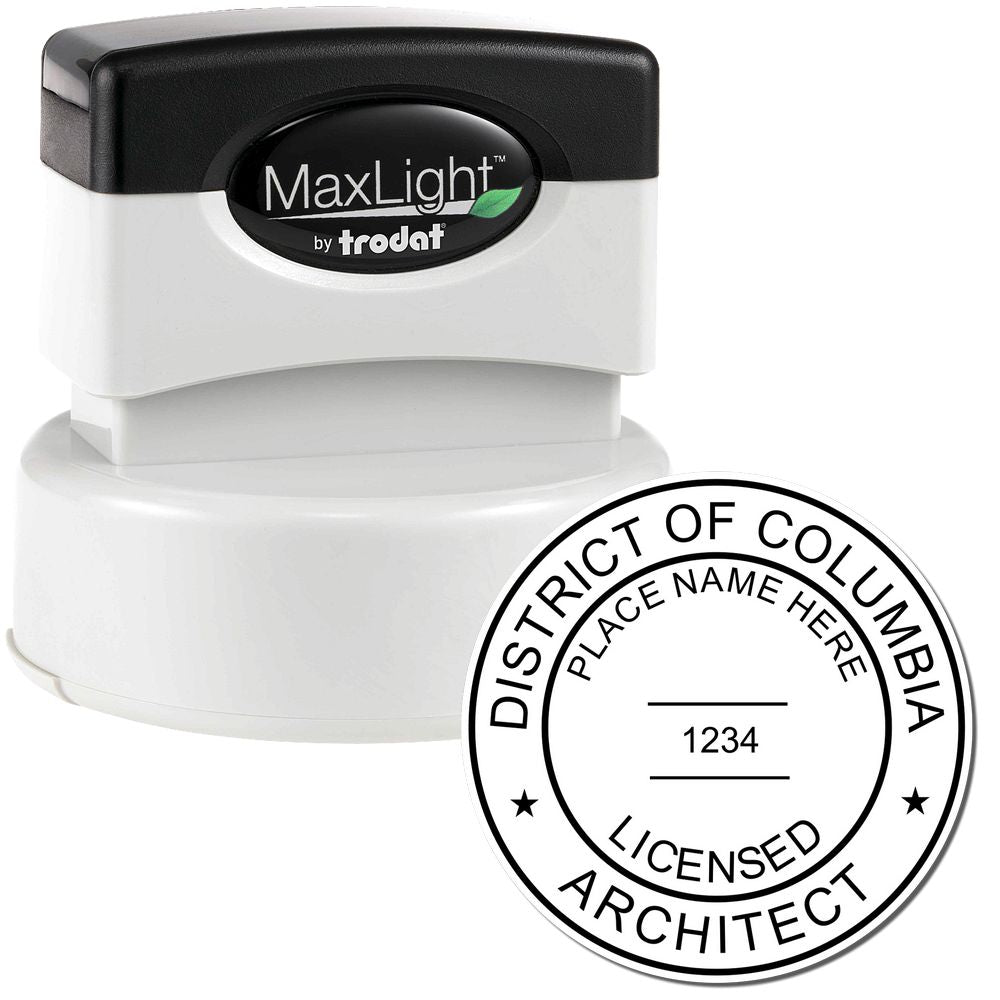
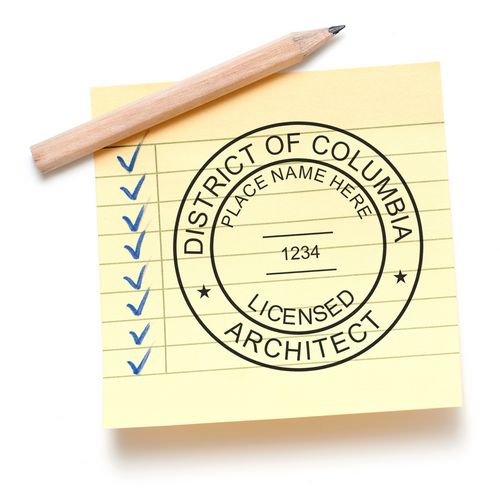
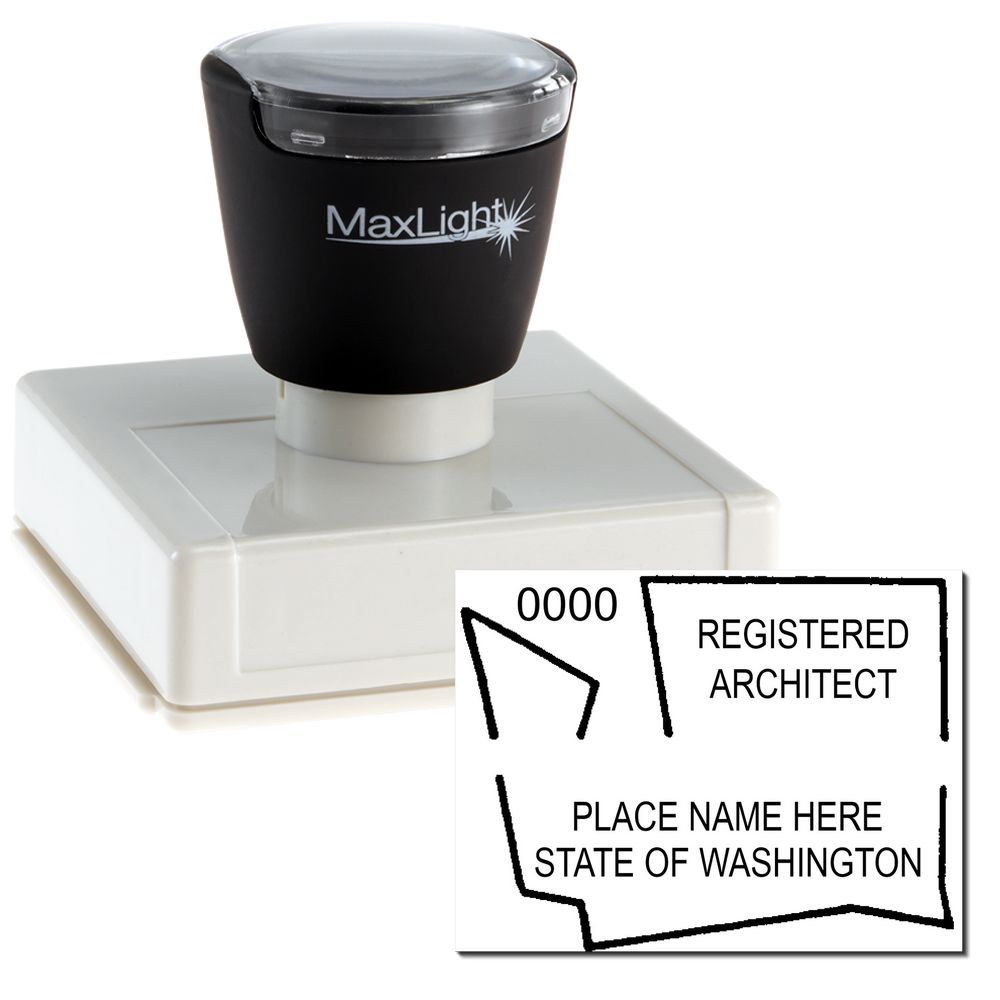
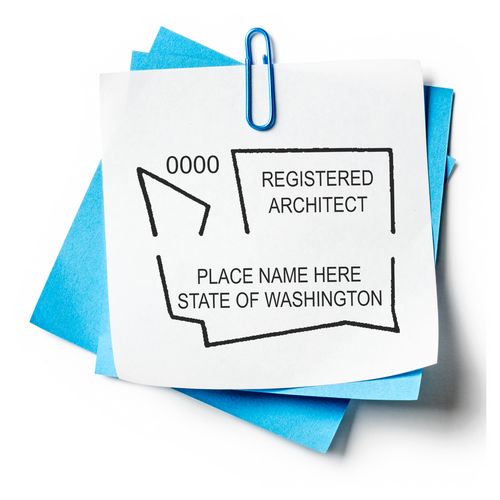
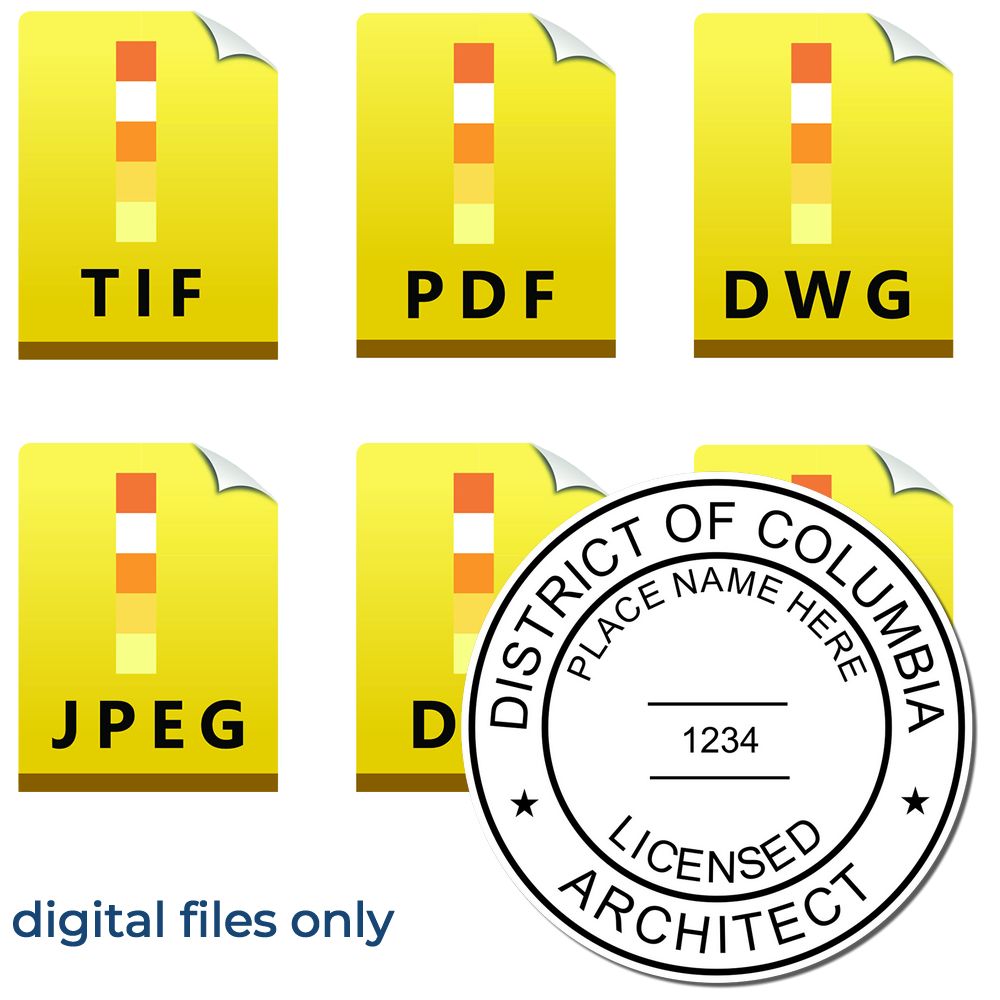
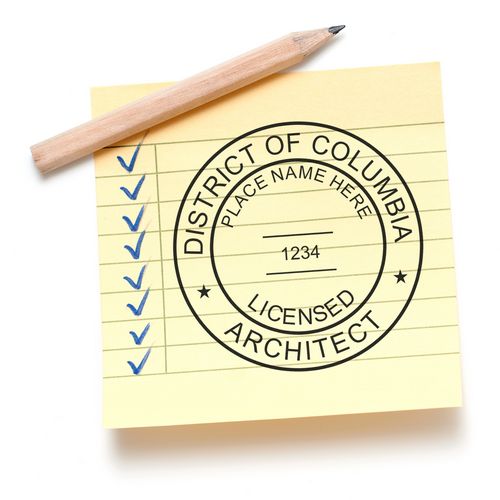
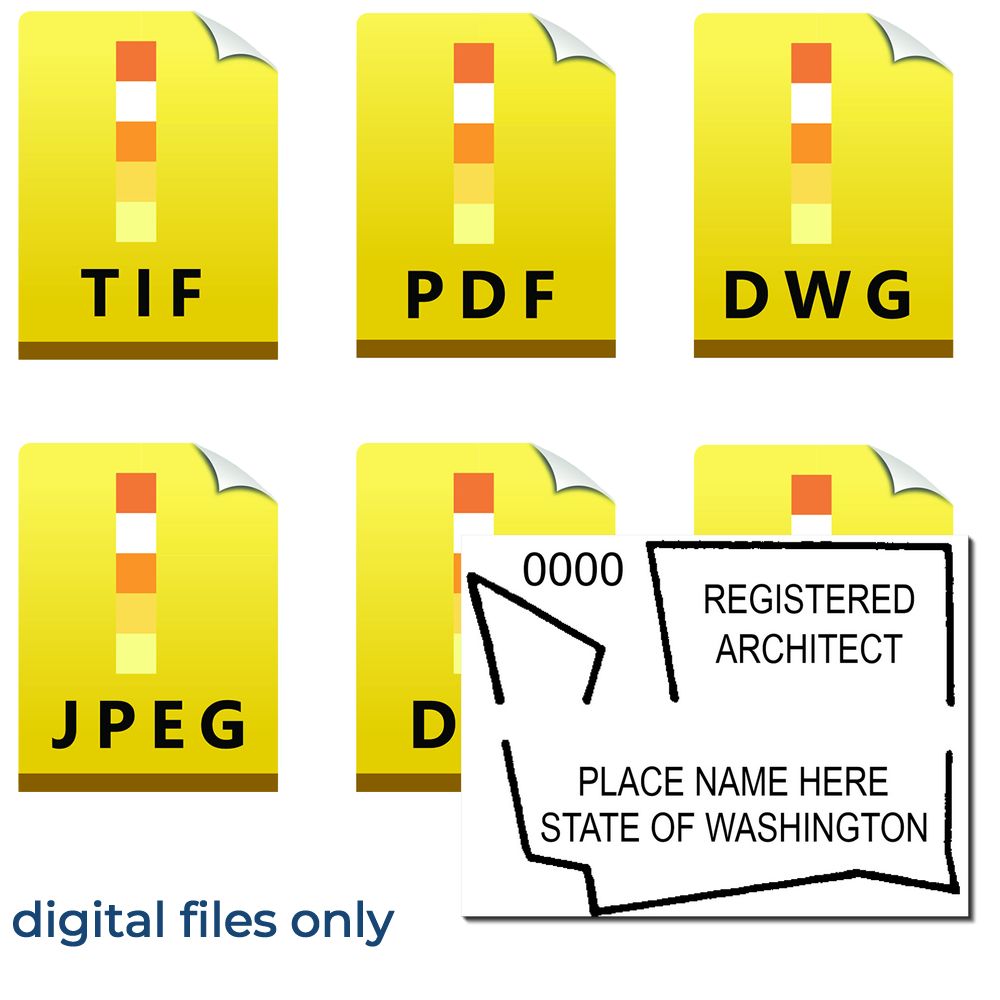
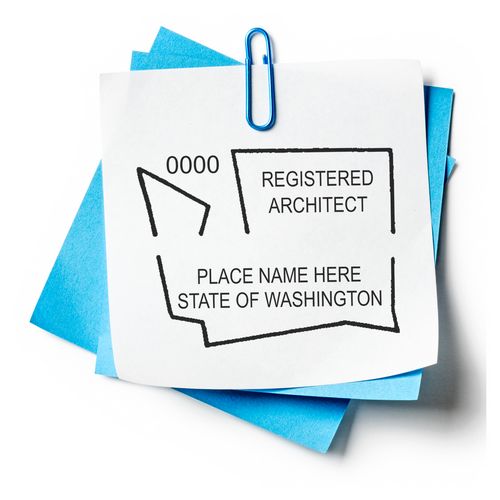
About ESS
At ESS, we take pride in being the leading makers of custom rubber stamps, professional seals, and notary stamps. With years of experience under our belt, we have honed our skills to perfection, delivering nothing but the best to our valued customers.
Our commitment to quality is second to none, and we go to great lengths to ensure that every product that leaves our doors meets the highest standards. We employ state-of-the-art technology and the latest industry best practices to design and manufacture our products, ensuring their longevity and precision. Our team work tirelessly to create innovative solutions that help our customers achieve their goals quickly and efficiently. We understand the importance of precision and accuracy in our line of work, and we are committed to delivering products that exceed expectations.
At ESS, we believe that our customer service is just as important as the quality of our products. We are dedicated to providing exceptional customer service, and we take the time to listen to our customers' needs and concerns. We offer a state board guarantee on all our products, giving our customers peace of mind that their investment is protected.
In conclusion, ESS is more than just a maker of custom rubber stamps, professional seals, and notary stamps. We are a team of dedicated professionals who are passionate about delivering quality products and exceptional customer service. Our commitment to excellence is unwavering, and we are confident that you will be satisfied with our products and service.

